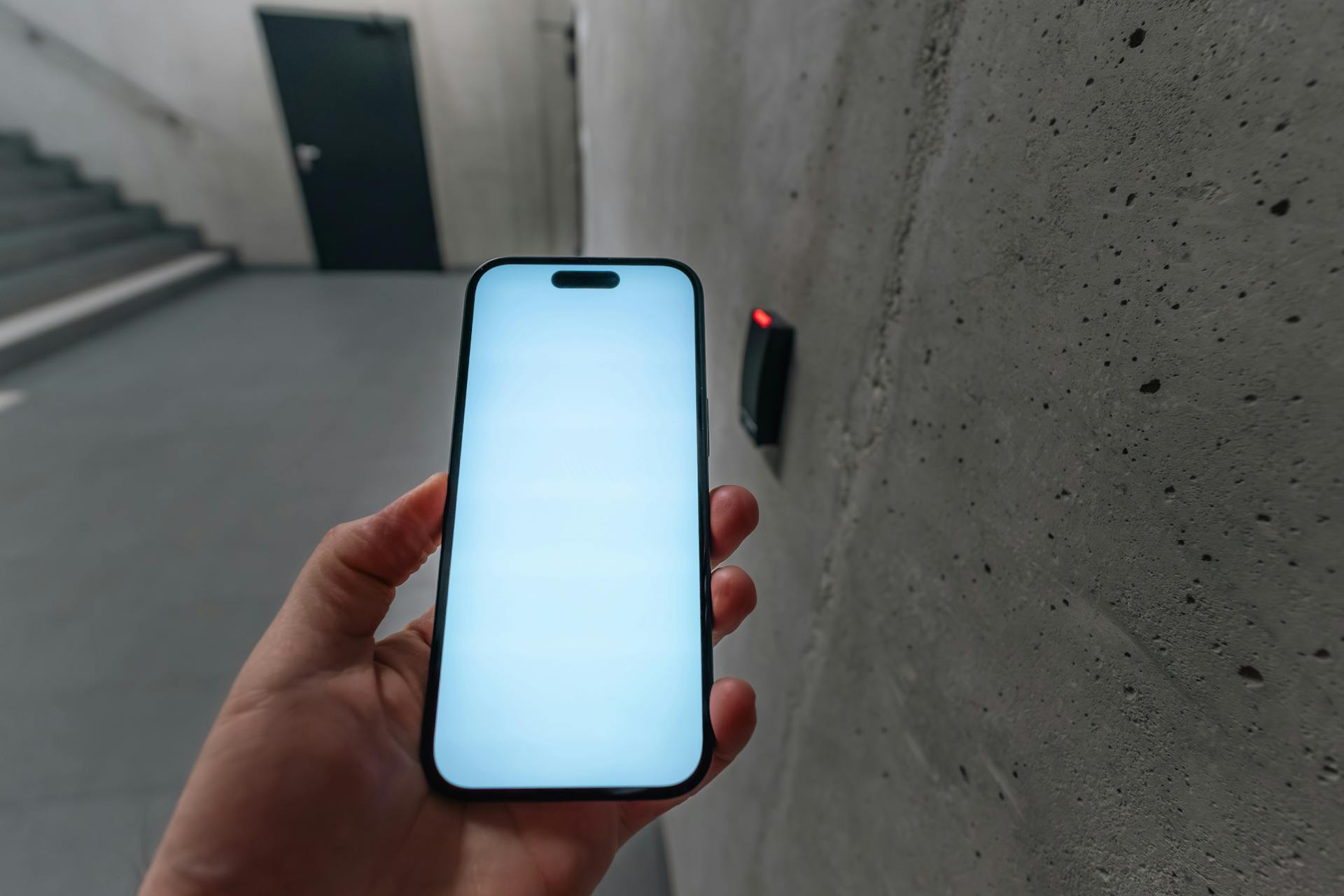
In the older days, separate facility control systems suffered from limited visibility. Teams had to monitor and adjust everything manually from separate interfaces/software and on-site terminals (or even directly on the equipment itself).
A smart building system connects the core functions of a facility, like HVAC, lighting, indoor air quality (IAQ), metering, schedules, and alarms, into a unified platform empowered by automations. According to FacilitiesNet, the benefits of a smart building, in general, can be broken down into the following broad use cases:
- Track more assets
- Monitor more assets
- Integrate more systems and data
- Control assets tighter and with more efficiency
- Drill down from big picture to detailed data
- Find important information quickly
- Troubleshoot events with greater speed and accuracy
- Comparative and predictive analysis for better decision making
In essence, a single, cloud-based software interface speeds up response time on issues and improves coordination between systems. The consistent visibility of smart building systems translates into performance gains, even when managing facilities across multiple geographical locations.
How Smart Building Systems Work
At the core of every smart building system is integration. HVAC units, lighting panels, and metering equipment all generate data. When these systems operate in isolation, that data often stays locked in proprietary dashboards. A smart building automation system connects those endpoints into a single, open platform. Then, the systems can be responsive and reactive to sensor readings, setpoints, and other data found across the building.
For example, a property manager might use a dashboard to view temperature trends across several zones, check IAQ sensor readings, and identify which units are consuming the most power, all in real time. If an air handler is running after hours, the system can trigger an alert or automatically adjust schedules to reduce energy waste. However, IAQ sensors might indicate that ventilation is still needed to reduce CO2 levels, overriding the shutdown and continuing the air handler’s operation until air quality is sufficient. This kind of unified control turns separate building systems into a coordinated network.
Centralized Access for Multi-Site and Multi-Tenant Buildings
It takes clear visibility across disparate systems and schedules to effectively manage multiple buildings or tenants. A smart building system allows operators to standardize how equipment is controlled while still maintaining individual settings for each space.
With a cloud-based platform like ODIN, teams can log in from any device and access their facilities from a centralized dashboard. Techs might use this convenience to:
- Update temperature setpoints
- Modify lighting schedules
- Track trends or feed the unified historical building system data into analytics tools
- React to alarms across multiple locations without being on site
Organizations with mixed portfolios (e.g. older buildings, different control brands, geographically distributed properties) also stand to gain a more streamlined facility management workflow. The smart building pulls together systems of different ages and manufacturers for easier control and can even prevent the need for on-site intervention when a simple setpoint change is needed.
Smart Building Energy Management
Energy management is one of the main drivers behind smart building adoption. A smart building energy management system tracks how and when energy is consumed, so operators can identify inefficiencies and make changes that will reduce waste.
For instance, ODIN’s real-time metering visibility lets users see how connected BACnet-enabled equipment responds to things like occupancy, weather, or schedule changes. Those insights allow for seemingly small adjustments — like tightening start and stop times or balancing ventilation rates — that actually produce measurable savings. Since these changes are applied remotely, building teams can often maintain performance without site visits (and thus never disrupt on-site operations).
Upgrading Existing Buildings Without Replacement
Many facilities already have capable control systems, but still lack centralized access or modern connectivity. The cloud-based interface of modern smart building systems bridges that gap. You don’t always need to go for a full system replacement to embrace smart building advantages; ODIN overlays existing legacy infrastructure (so long as it’s BACnet compatible) to provide access and mobile control.
This approach makes it possible to convert older or stand-alone systems into smart, connected buildings. Any facility that still uses older HVAC controllers can integrate with the ODIN platform and gain the same monitoring and scheduling capabilities as newer systems. There’s no major capital investment needed to realize big benefits.
Security and Remote Management
Modern building systems have largely moved online, so secure connectivity has naturally become a central part of facilities management. A smart building system should protect remote access while maintaining flexibility for authorized users.
ODIN addresses this by managing all data and control communication through encrypted, authenticated channels. Building managers maintain compliance with IT and security standards while they leverage their newfound visibility and control from anywhere.
Smarter Building Operations with ODIN
A modern smart building system isn’t necessarily defined by how much equipment it replaces. In truth, it’s more likely to be defined by how well it connects what’s already there.
ODIN provides a lightweight, cloud-based platform that simplifies automation and centralizes visibility. Get in touch today to power smarter decisions about energy and comfort!






